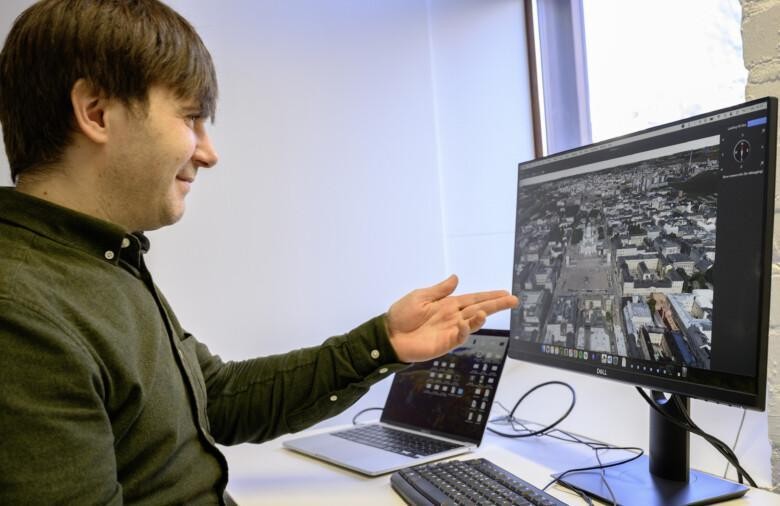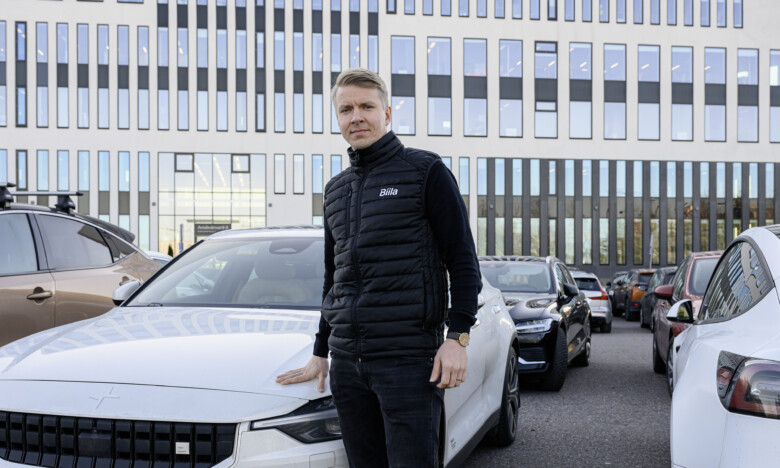Cases

Citizens' city
Smart traffic systems for the most functional city in the world
Published:
Mobility Lab Helsinki is a testbed for smart mobility and has started many new mobility projects and pilots in the region. The Mobility Lab is a part of the joint testbed activity of Business Helsinki and Forum Virium Helsinki, the innovation company of the city.
One of the most interesting development topics is developing a digital twin for mobility, traffic environment and related conditions. The goal is to explore and test new methods, such as artificial intelligence, in order to enable development of better services for citizens, business and the city itself.
Digital twin is a means to combine information from different data sources, analysis and simulation of the urban environment. People’s mobility is a part of it.
The digital twin contains, for example, the city road network and traffic flows. The project includes data collection experiments and the development of innovative data acquisition models, especially of the Helsinki City Construction Services Stara and it’s operations.
Increasing the use of 3D data
One of the companies taking part in the pilots developing a digital twin for the traffic is Gispo. Gispo develops and promotes the use of open source geospatial technologies.
Gispo’s role in the pilot is to recognize and clarify user cases for 3D data and make the already existing data easier to utilise. The goal is to increase the potential use of the city’s 3D materials within the city organisation.
– It is also possible to produce 3D data for visualisations if needed, says Timo Aarnio, Chief technical officer of Gispo.
The City of Helsinki has already data that can be utilized in 3D-models.
Aarnio says that 3D-models enable better traffic planning. The visualisations help to understand different scenarios: how to organize traffic in crossing areas or other spots that have traffic jams? What kind of lanes would be needed for cyclists?

Aarnio says it is important for a company like Gispo to be involved in these kind of projects.
– We want to learn more, but at the same time we encourage public organisations to open their data for new pilots and technologies.
Valuable references for global markets
Private companies have increasing demand for cities’ data. Their aim is to develop new services, solutions and innovations. The City of Helsinki is an important reference when aiming to the global markets.
Aarnio emphasizes the role of testbed actions and values their meaning to smart mobility development. Testbeds include agile development, which could mean that at first you don’t even know exactly what the goal is because it’s moving.
– One needs to have test after test to see what works best. It means more freedom for the developers and the testing.
– But in the end you can see which way to continue and where to invest, Aarnio says.
Smallest details included
Juho Kostiainen, the project manager at Business Helsinki says that the smart mobility testbed activities started five years ago in the West Harbour area in Jätkäsaari. West Harbour is Finland’s busiest passenger harbour as well as busy center of roro cargo, making the area a challenging testbed location because of the traffic related to the harbour.
– The habitants of the area have joined us in some of the pilots.
The digital twin is a valuable tool in the smart mobility pilots, as it offers accurate information of the traffic environment in the chosen area and takes into account even the smallest details, for example the pavements of the sidewalks, traffic signs and lanes. It combines the traffic flows and notices traffic jams.
Kostiainen mentions that these kind of pilots offer important information for the city but also for the companies taking part of them. The pilots help the companies to speed up their development.
Mobility Lab’s testbed enables and supports testing and development in practice, in the real urban environment with real users.
Smart mobility from e-scooters to street sweeping
So far, the smart mobility projects have tested, for example, e-scooter safety, smart logistics, visual traffic analytics, drone delivery service, a smart warning system for the visually impaired at pedestrian crossings as well as an autonomous street sweeper.
Artificial intelligence was tested in a pilot to see if AI could operate the traffic lights when trucks are arriving from the harbour. And drones have delivered orders from the pharmacy.
One of the most popular tests was a call boat pilot – and no longer just a pilot. The electric boat was first deployed in 2020 between Vartiosaari and Laajasalo and continued the following summer on a route from the Merisatama area piers to nearby islands.
It was considered one of the 200 best innovations by Time magazine. In it’s article the magazine noted how the Finland-based Callboats has developed the world’s first AI-powered autonomous boat, which is all-electric and partly charged by solar energy.
The autonomous street sweeper has also gained international attention. Trombia, developer of the world’s first autonomous street sweeping robot, break into international markets since the Helsinki pilot. The company carried out pilots at various industrial sites in Milan and the United States, among other places.
Mobility Lab Helsinki – the city’s testbed for smart mobility – is coordinated by the City of Helsinki, Economic Development and done in collaboration with Forum Virium Helsinki, the city’s innovation company.










 Return to listing
Return to listing